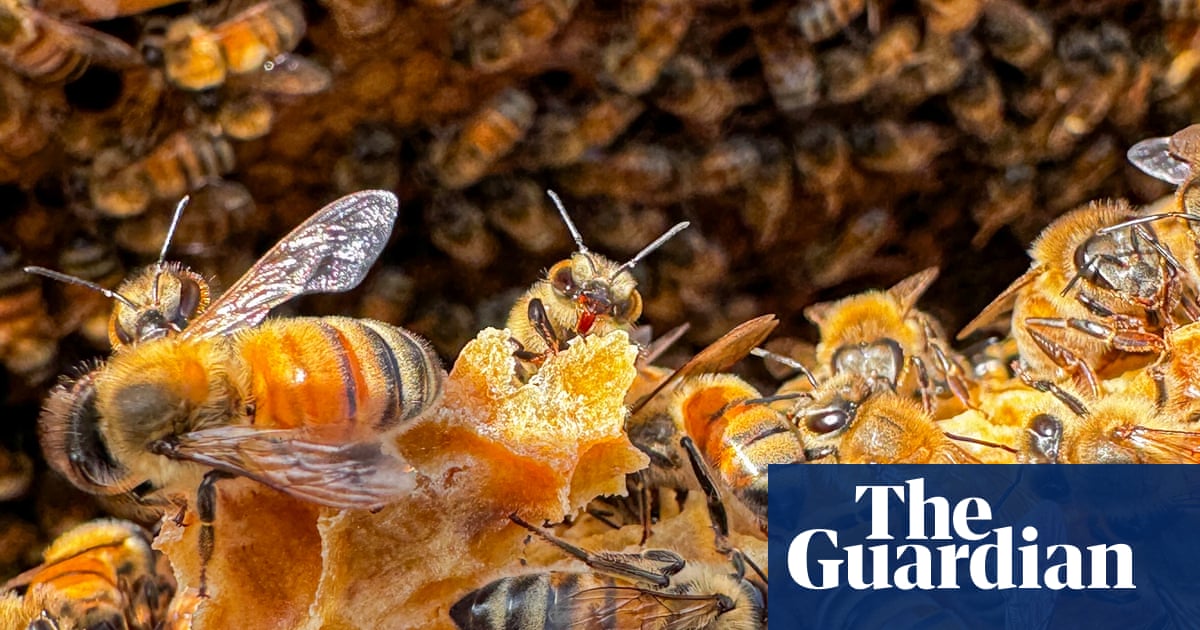PROTECT YOUR DNA WITH QUANTUM TECHNOLOGY
Orgo-Life the new way to the future Advertising by AdpathwayButterfly numbers have bounced back after the dismal summer of 2024, but the hottest summer on record delivered only an average number of the insects in the annual Big Butterfly Count.
More than 125,000 citizen scientists joined the biggest insect survey in the world this summer, counting an average of 10.3 butterflies in each 15-minute count in parks, gardens and green spaces across Britain.
This was a marked improvement on 2024, when a record low of just seven butterflies per count were recorded. The most-seen butterfly, the large white, enjoyed a 131% increase in sightings on last year, with similarly large increases for the small white (up 128%) and red admiral (up 185%).
But Butterfly Conservation cautioned that the numbers have simply returned to average levels and that there were more butterflies per count in 2023 and every summer from 2016 to 2020.
Dr Richard Fox, the head of science at Butterfly Conservation, said: “We may feel like we’ve seen lots of butterflies this summer, but that’s only because last year was so awful. The 15-year Big Butterfly Count trends show that more than twice as many widespread species have declined significantly than have increased. And while most species had a better-than-average summer, one-third of species fared poorly even in the generally beneficial weather.”
The large and small white enjoyed their best-ever Big Butterfly Count results, and the day-flying Jersey tiger moth was recorded more widely and in higher numbers than ever before. On the down side, the holly blue had its second-worst Big Butterfly Count result, and the usually abundant meadow brown its fourth-worst result, although that may have been because it was on the wing much earlier than usual and had largely finished flying when the count began on 18 July.
The small tortoiseshell bounced back from its worst-ever Big Butterfly Count result in 2024, but this once-ubiquitous garden butterfly has still declined by 60% since 2011. Over that 15-year period there are some winners, with significant long-term rises for the large white, red admiral and small copper.
Fox said: “There remains a need for us to take urgent action to support our butterfly populations, including by improving the environment in which they live, restoring habitats and reducing pesticide use. Until we do these things we are unlikely to see a great recovery in butterfly numbers, regardless of how much the sun shines.”


 1 day ago
11
1 day ago
11





















 English (US) ·
English (US) ·  French (CA) ·
French (CA) ·